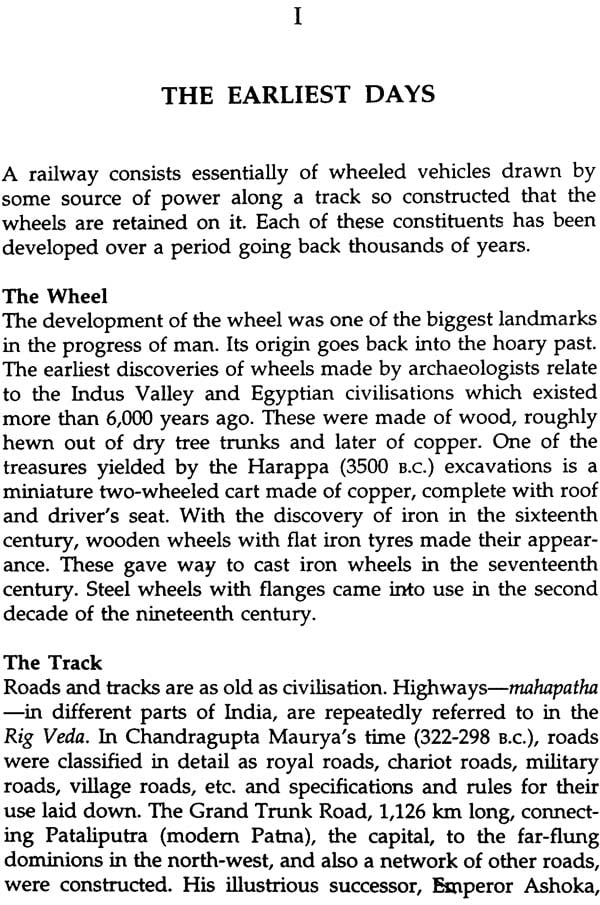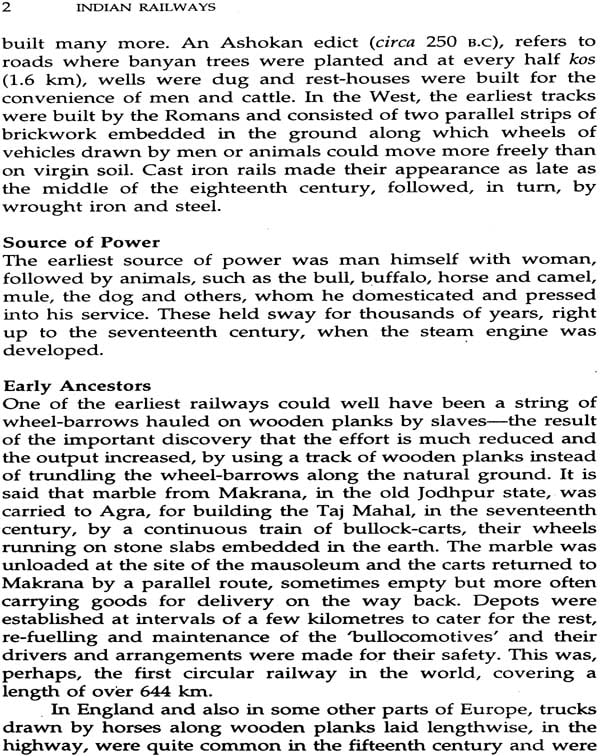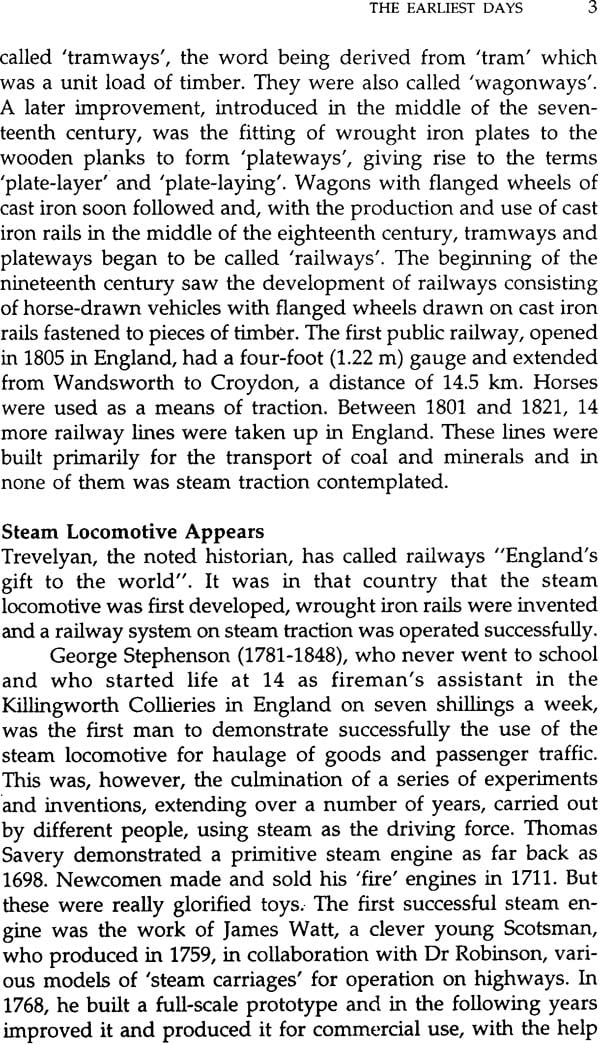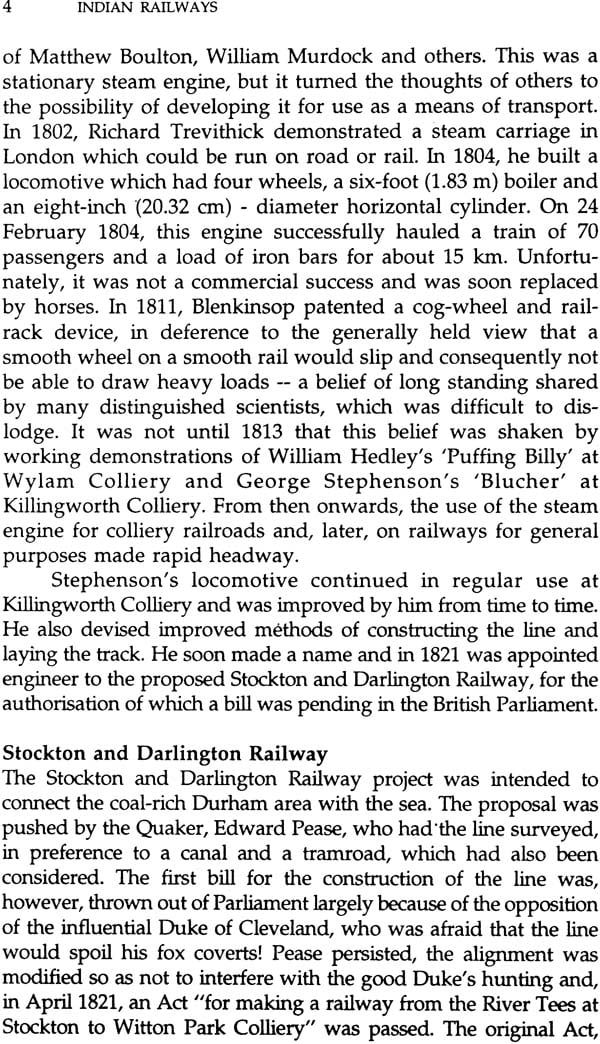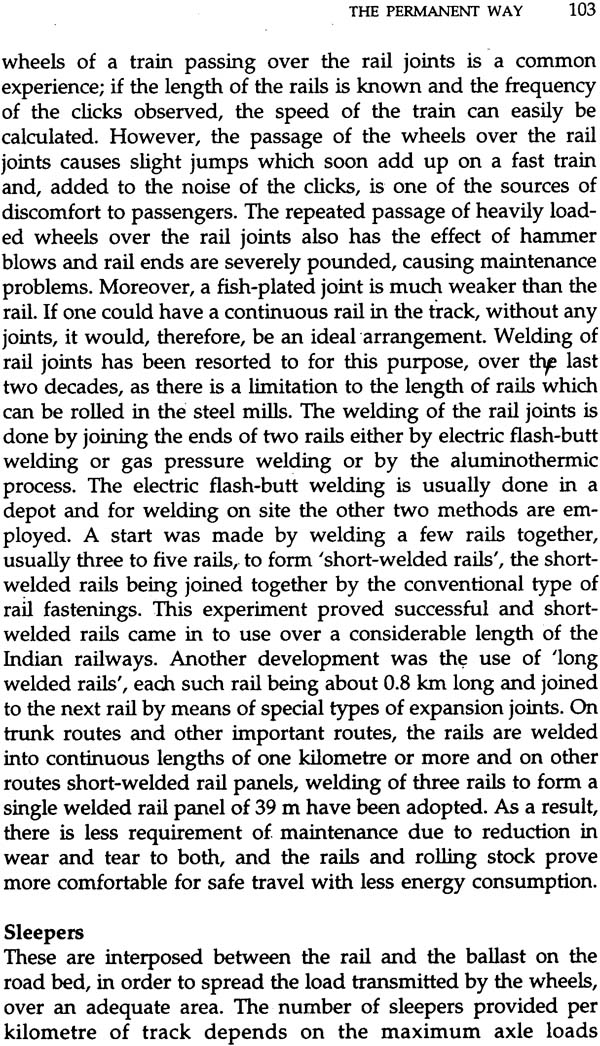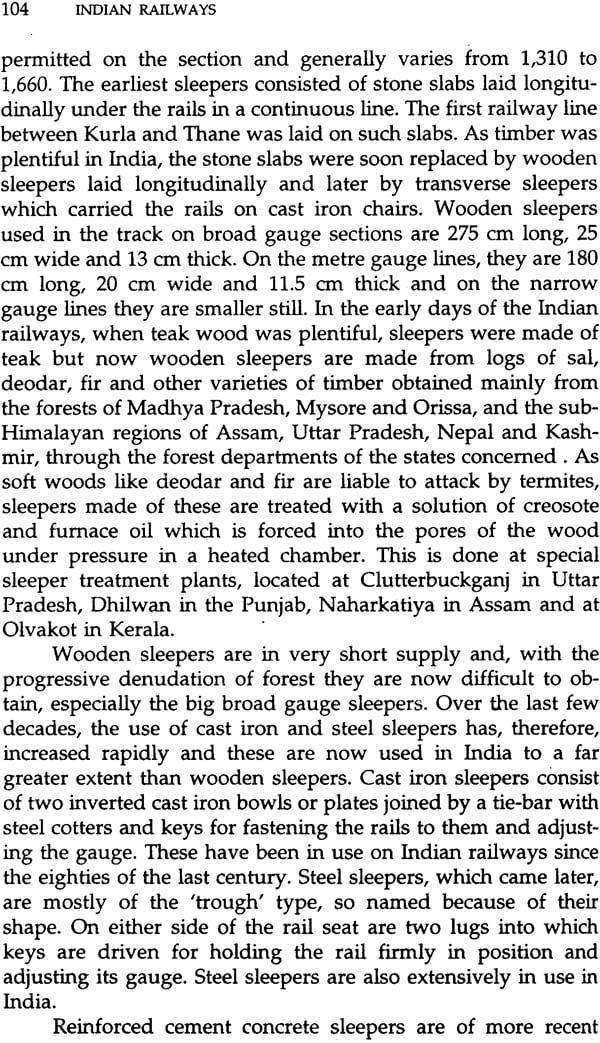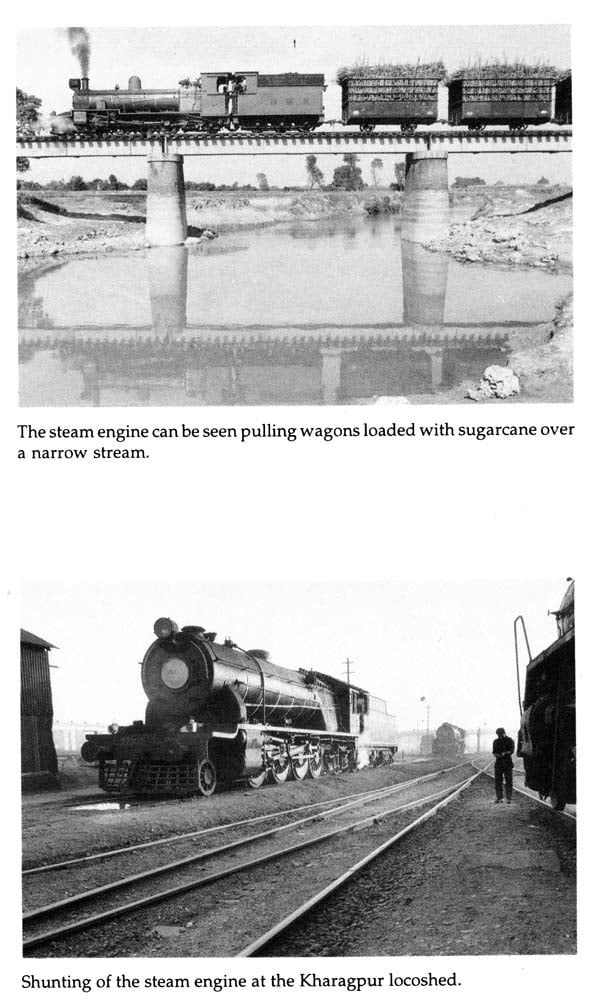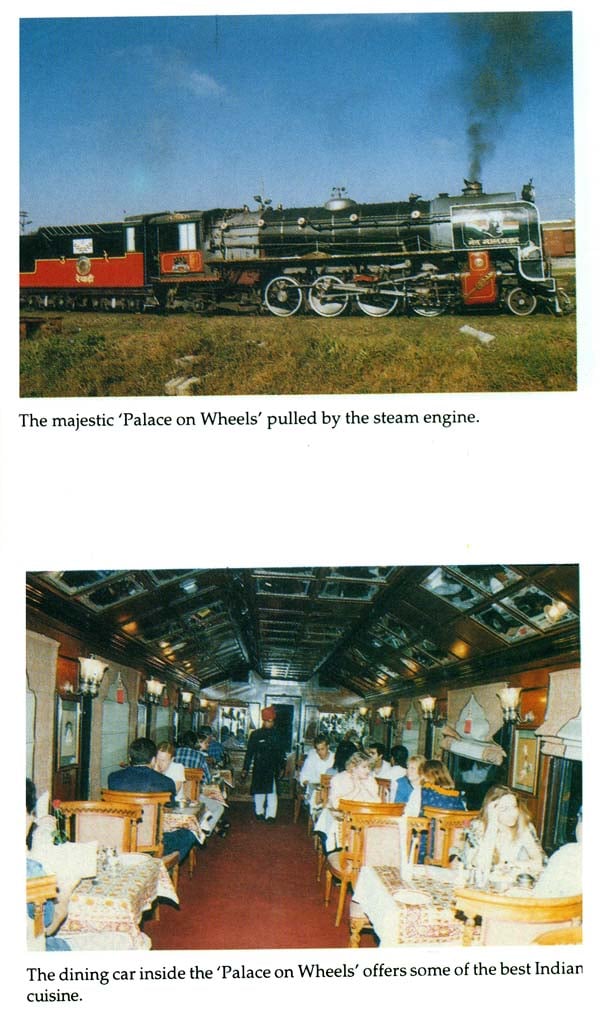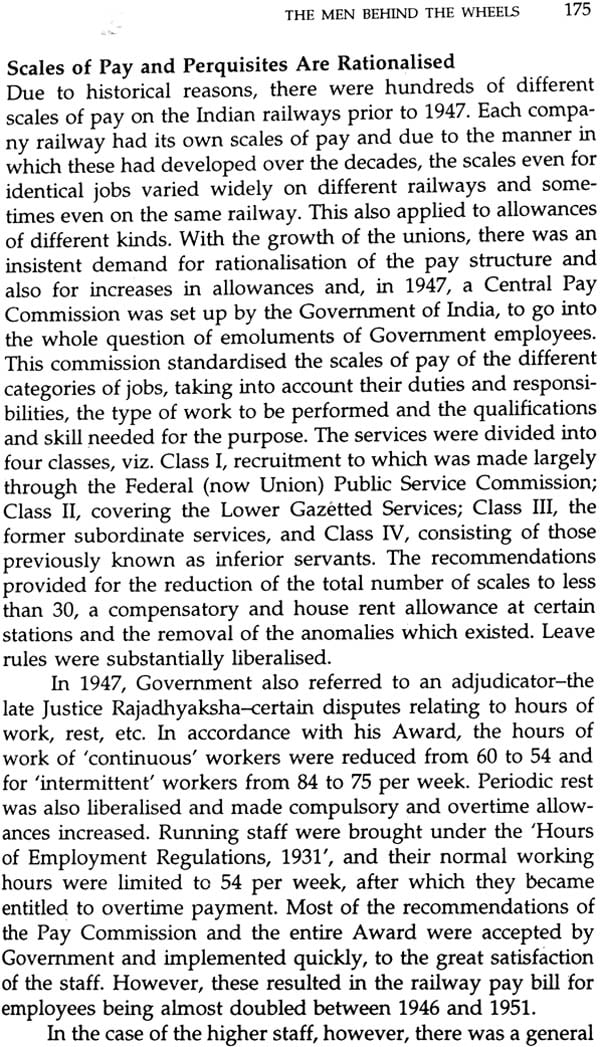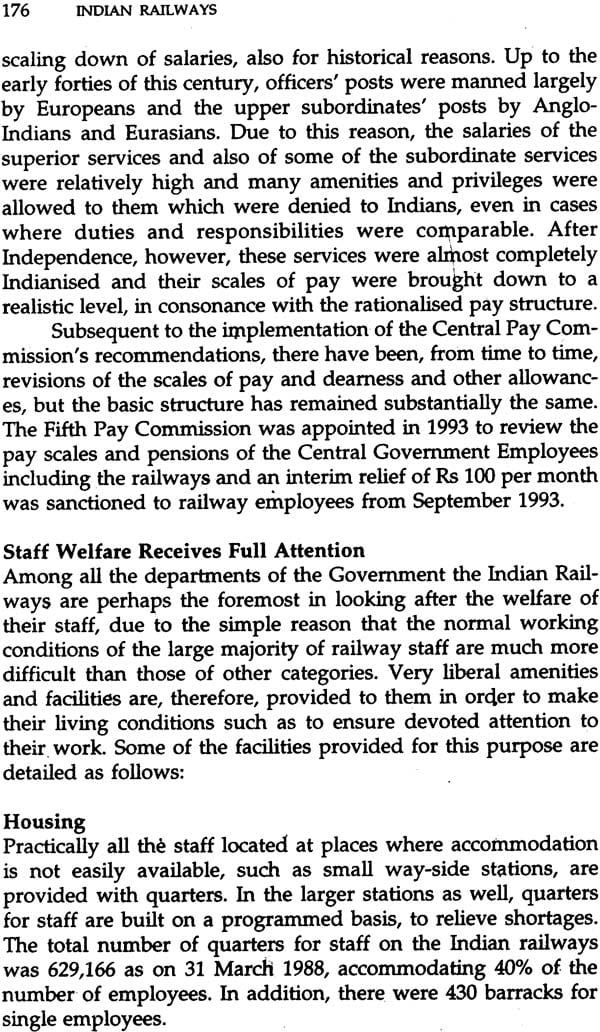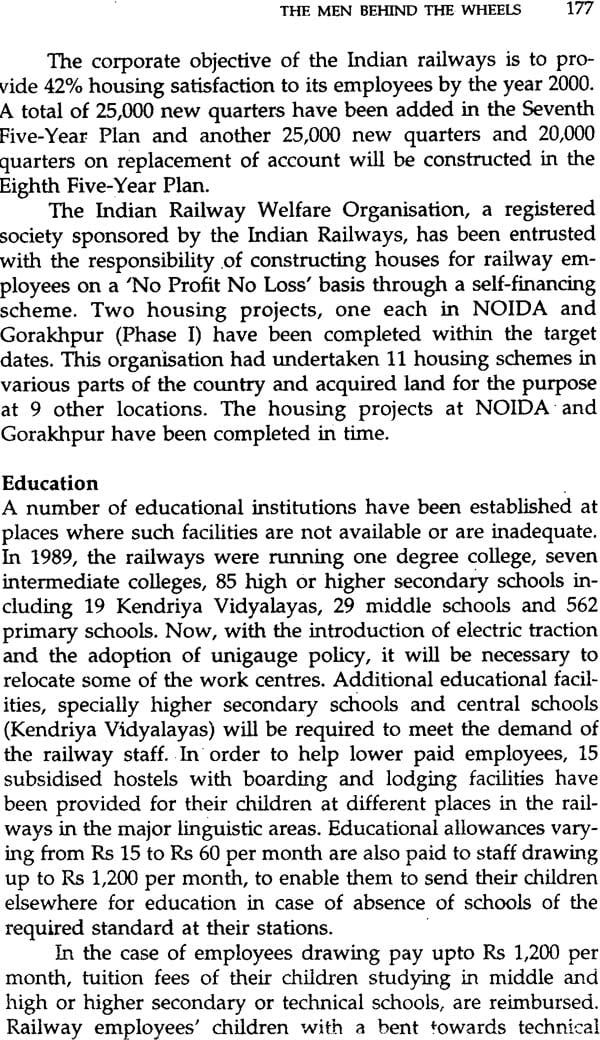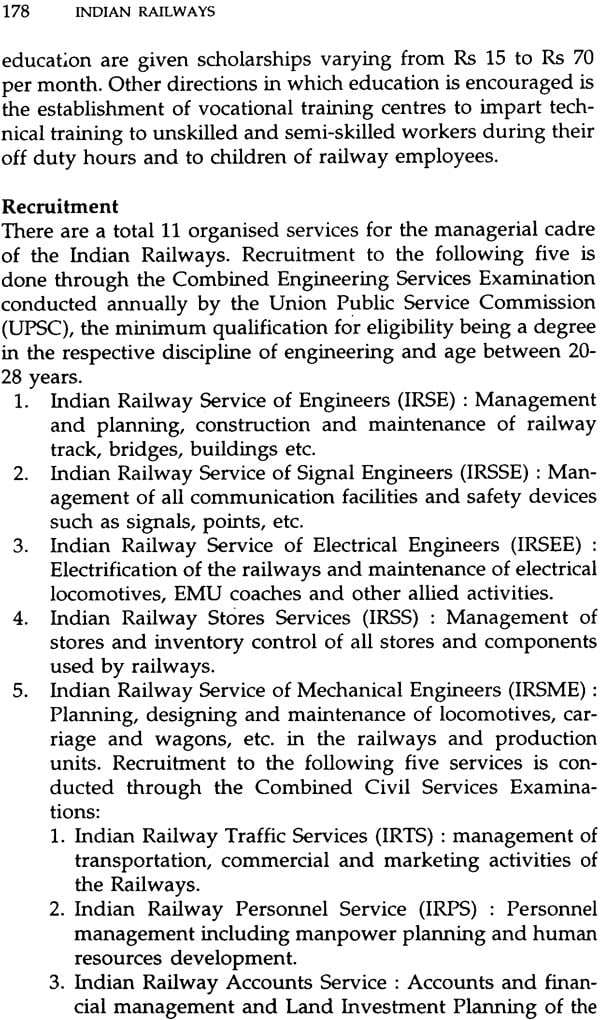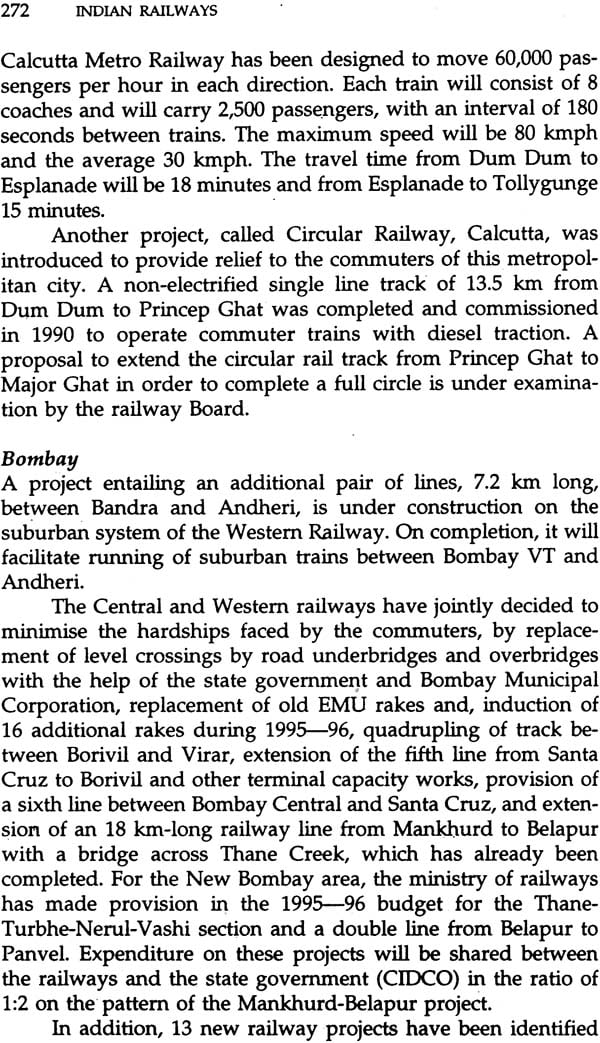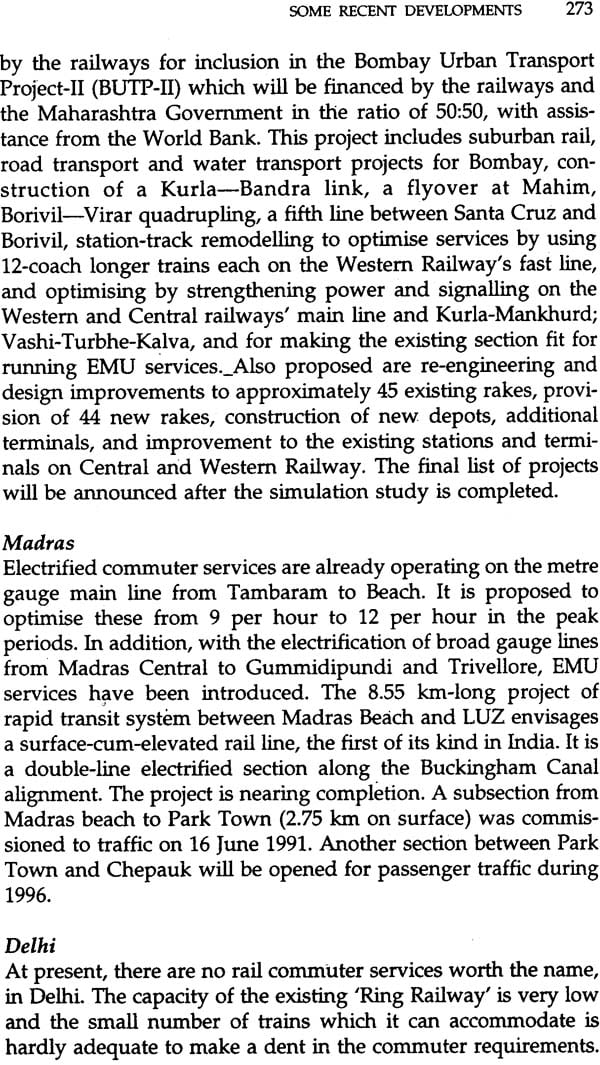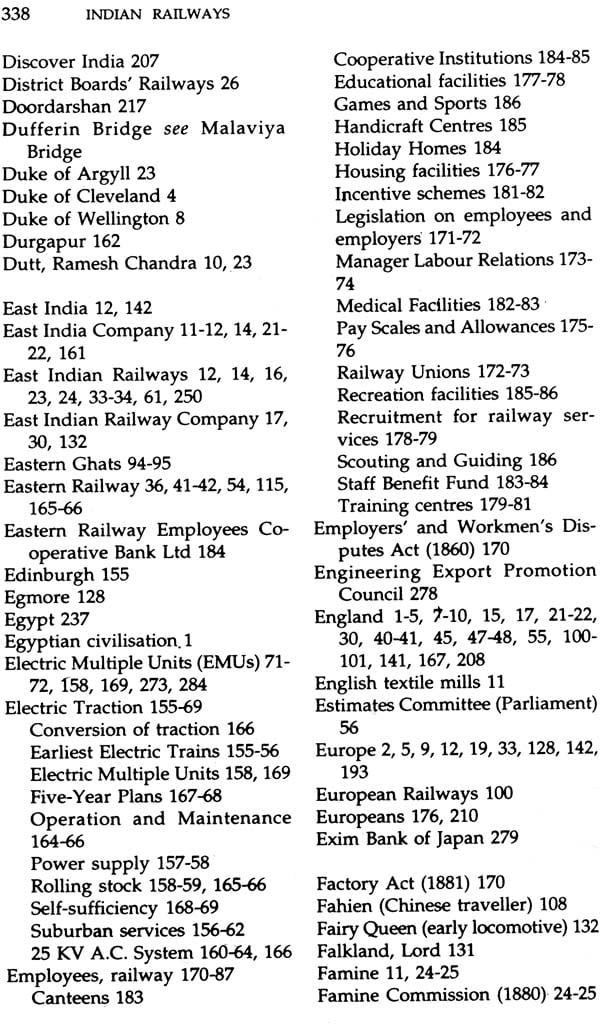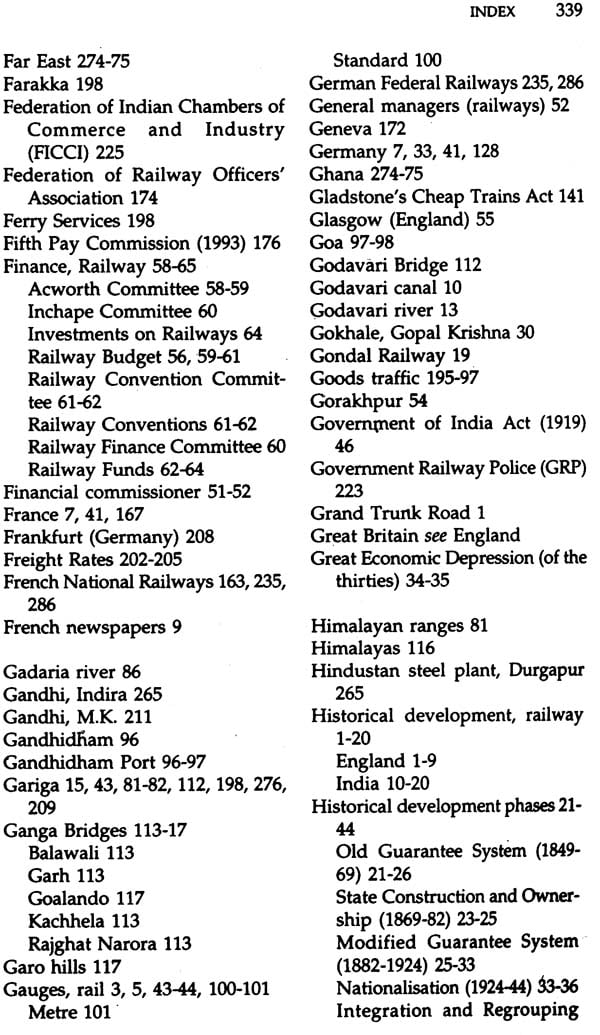
Indian Railways
Book Specification
| Item Code: | NAF474 |
| Author: | M.A.Rao |
| Publisher: | National Book Trust, India |
| Language: | English |
| Edition: | 2008 |
| ISBN: | 9788123725895 |
| Pages: | 356 (12 Color and 4 B/W Illustrations) |
| Cover: | Paperback |
| Other Details | 8.5 inch X 5.5 inch |
| Weight | 350 gm |
Book Description
The progress of Indian Railways since Independence has been a remarkable phenomenon. This book brings out in a graphic and picturesque manner the development of this popular mode of transport which has linked distant places in the sub-continent. The author explains why the Railways and Railway property should be considered as our invaluable national wealth to be guarded with scrupulous care.
About the Author
M.A. Rao (1909-1993) acquired his degree in engineer- ing from Roorkee before joining the Railways. In 1948, he became General Manager of the Railways. After holding various responsible positions he retired in 1967 as a member of Railway Board. In 1961-69, he was Chairman, Engineers India Ltd. He was a member of various international bodies and a frequent contributor of articles to technical journals.
Preface
In this book I have endeavoured to present to the public a bird's eye view of the Indian Railways. This vast national undertaking was once referred to by a former Minister of Railways as I an empire in itself '. Lest he be misunderstood he quickly explained that what he meant by this was that the widespread activities of this great organisation covered not only rail transport for the public but also a multitude of other facilities and services for its sixteen lakh employees, such as quarters, fair price shops, consumers' cooperative stores, banks, hospitals and health centres, holiday homes, schools and colleges, hostels, training institutions, clubs, cinemas, various other recreational facilities, and almost everything else needed for an orderly corporate life of an average citizen. On one railway even a marriage bureau was being run!
Besides the sixteen lakh men and women directly employed by our railways, many more lakhs depend on the railways for a living, such as labour employed by contractors and by industrial establishments doing work for the railways. It is reckoned that one person in every fifty or so in India is sus- tained by the Railways. No wonder it is called the biggest 'annadata' or 'bread-giver' of our country.
I have had considerable difficulty in compressing such an enormous amount of material within the comparatively small space of this book. In order to do so I was compelled to curtail drastically and even omit totally much that would have been of interest to the general public, but this was unavoidable. I have, however, tried to cover the 'principal fields of activity and also, to some extent, the evolution of present-day policy and practices. A remarkable phenomenon is the rapid progress made after independence and an effort has been made to bring this out as graphically as possible.
An unfortunate development in recent years is the growing tendency towards vandalism and hooliganism directed against the railways. Political and other disturbances soon take the path of destruction of railway property. For no rhyme or .reason-at any rate for no ostensible cause-railway stations are set on fire, expensive signalling installations are wrecked, rolling stock is damaged, sometimes beyond repair, and railway staff ar~eaten up. There is also large-scale theft and pilferage of consignments in transit and of electrical and other fittings from coaches and railway premises, with consequent inconvenience and annoyance to the travelling public and heavy financial loss to the railways. Ticketless travel and alarm chain pulling show no signs of abatement. These and other maladies which afflict 'the Railways call for the active understanding and cooperation of the public to stamp them out. It is hoped that this book will be of some help in this, particularly to the younger generation, by making the public more railway-conscious. This biggest asset of our nation has served the people well. They in their turn should treat it with the consideration it deserves.
The Railways, on their part, have to move with the times. After a long period of affluence, they are now in the red. The past is of value but the future is invaluable. They cannot afford to rest on their oars. In this age of fast-moving technology, if they are -to retain their old status, they must maintain their own house in order. As the Queen said to Alice in 'Through the Looking Glass', "Now, here, you see, it takes all the running you can do to keep in the same place. If you want to get somewhere else, you must run at least twice as fast as that".
In this second edition I have updated all the chapters and appendices and have added a new chapter XXII on 'Some Recent Developments.' I have also added two new appendices J and L which give details of stores purchased for the Indian Railways in 1979-80 and definitions of some railway terms, respectively.
I would like to express my gratitude to the Chairman, members and other officers and staff of the Railway Board and to the officers and staff of the zonal and other railway administrations for all the assistance they so willingly gave.
Contents
| Preface | VII | |
| I | The Earliest Days | 1 |
| II | Railways Come to India | 10 |
| III | E. e Phases of Development | 21 |
| IV | Administration and Control | 45 |
| V | Railway Finance | 58 |
| VI | Growth of Traffic-The Five-Year Plans | 67 |
| VII | The Building of a new Line | 74 |
| VIII | Some Outstanding Construction Projects | 81 |
| IX | The Permanent Way | 100 |
| X | Bridges | 108 |
| XI | Signalling Interlocking and Telecommunications | 122 |
| XII | Rolling Stock: Locomotives | 131 |
| XIII | Rolling Stock: Coaches and Wagons | 141 |
| XIV | Stores and Equipment | 151 |
| XV | Electric Traction: The Push Button Era | 155 |
| XVI | The Men Behind the Wheels | 170 |
| XVII | Train Operation: Keeping the Wheels Moving | 188 |
| XVIII | Serving the People | 202 |
| XIX | Safety of the Travelling Public | 227 |
| XX | Research, Designs and Standards Organisation: The Brains Trust | 236 |
| XXI | The Production Units | 249 |
| XXII | Some Recent Developments | 269 |
| XXIII | Social Costs | 284 |
| Appendices | ||
| A | Analysis of principal statistics of Indian Railways | 288 |
| B | Railway administrations in India as on 31 March 1995 | 292 |
| C | Value of railway assets as on ":n March 1994 | 293 |
| D | Plan Expenditure of the Indian Government Railways | 296 |
| E | Role of rail transport in national economy | 298 |
| F | Efficiency indices of operation (all traction) | 302 |
| G | Total number" of detected cases of ticketless travel and alarm chain-pulling on the Indian Railways | 318 |
| H | Incidenee-ofaccidents in relation to the traffic handled on the Indian Government Railways | 320 |
| I | Annual turn out- of Production Units | 322 |
| J | Stores purchases' 1994-95 | 327 |
| K | Some highlights | 329 |
| L | Definitions of some railway terms | 331 |
| Bibliography | 333 | |
| Index | 335 |
